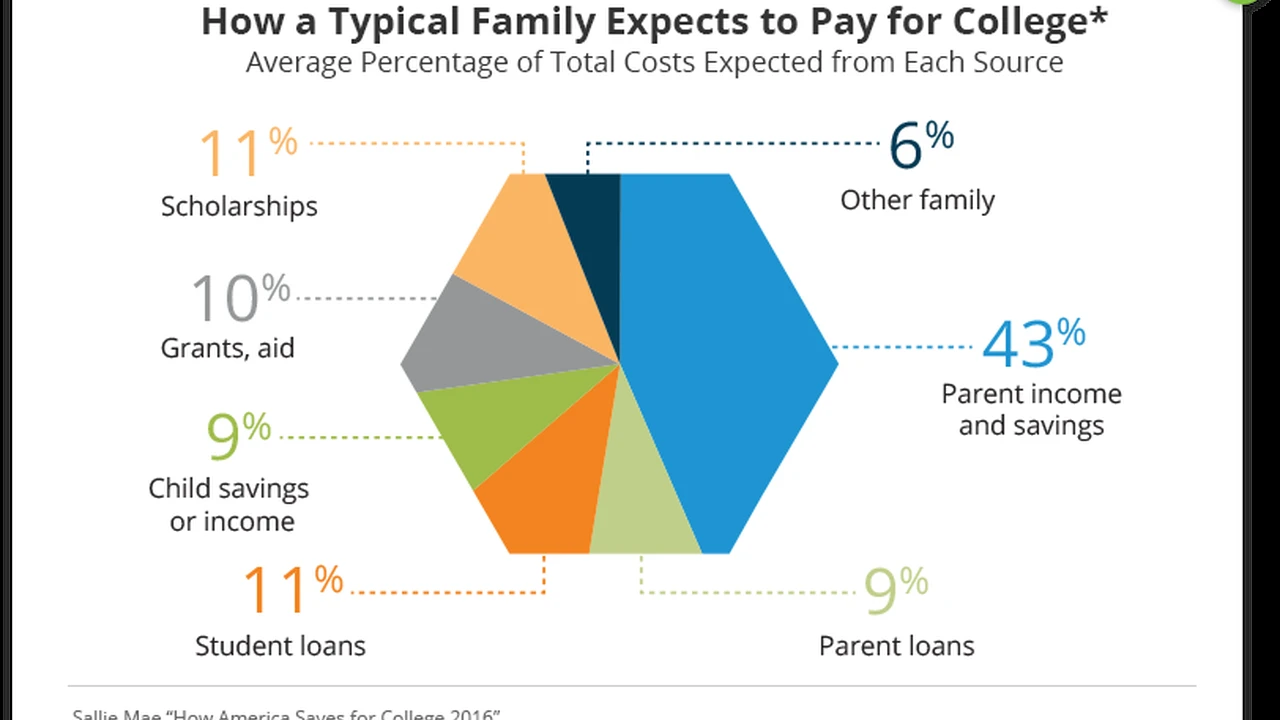Away-at-School Discount: Savings for College Students
Sample meta description.

Understanding the Away-at-School Discount What Is It and How Does It Work Insurance Savings for College Students
Okay, so you're a college student, or maybe you're a parent of one, and you're staring down the barrel of insurance premiums. Yikes! But hold on, there's a potential light at the end of the tunnel: the away-at-school discount. Basically, this discount acknowledges that if your teen driver is away at college without a car, their risk of getting into an accident plummets. Makes sense, right? Less driving equals less chance of a fender-bender (or worse).
Think of it like this: your car insurance company is betting on how likely you are to file a claim. The less you drive, the less risky you are. So, they reward you with a lower rate. The away-at-school discount is a specific instance of this principle, tailored for students.
Eligibility Requirements for the Away-at-School Discount Ensuring Your College Student Qualifies for Car Insurance Savings
Now, before you start celebrating with ramen and textbooks, there are a few hoops to jump through. Here's the usual checklist:
* **Distance Matters:** Most companies require the student to be attending school at least 100 miles away from home. This ensures they're truly "away" and not just commuting. Think of it as the "we gotta be serious about this 'away' thing" rule. * **Age Restrictions:** The discount typically applies to students under the age of 25. After that, you're considered a full-fledged adult (insurance-wise, anyway). * **No Wheels Allowed:** The student usually can't have regular access to a vehicle while at school. This is the big one. If they're driving around campus every day, the risk (and the premium) goes back up. Sometimes, occasional use is okay, but check with your insurer. * **Full-Time Student Status:** You'll generally need to be enrolled as a full-time student. Part-time students might not qualify. Insurance companies see full-time students as having less time to drive around and get into trouble. * **Staying on the Parent's Policy:** The student needs to be listed on their parents' car insurance policy. They can't have their own separate policy.Make sure you double-check with your specific insurance provider, because these requirements can vary slightly. It's always better to be safe than sorry (and pay more than you have to!).
How Much Can You Save with the Away-at-School Discount Real-World Examples and Potential Insurance Premium Reductions for College Students
Alright, let's get to the good stuff: the savings! The amount you can save with the away-at-school discount varies depending on your insurance company, your location, your driving record, and a whole bunch of other factors. But generally, you can expect to see a discount of anywhere from 10% to 30% on the portion of your premium that covers the student. That's a pretty significant chunk of change!
Let's say your teen driver adds $1000 to your annual insurance premium. A 20% discount would save you $200 per year. Over four years of college, that's $800! Think of all the textbooks (or pizza) you could buy with that!
Keep in mind that this is just an example. Your actual savings could be higher or lower. It really depends on your individual circumstances.
Applying for the Away-at-School Discount A Step-by-Step Guide to Getting Car Insurance Savings for Your College Student
Okay, so you think you qualify. Here's how to actually apply for the discount:
1. **Contact Your Insurance Company:** This is the first and most important step. Call your insurance agent or visit their website. Let them know that your child is attending college away from home and that you're interested in the away-at-school discount. 2. **Gather Documentation:** You'll likely need to provide proof of enrollment at the college, such as a student ID card, a tuition bill, or an official transcript. You might also need to provide proof of the student's address at school. 3. **Fill Out the Application:** Your insurance company will likely have a specific application form for the away-at-school discount. Fill it out carefully and accurately. 4. **Submit the Application:** Submit the application and all required documentation to your insurance company. 5. **Follow Up:** Don't be afraid to follow up with your insurance company to make sure your application is being processed.The process is usually pretty straightforward. Just be prepared to provide the necessary documentation.
Beyond the Away-at-School Discount Exploring Other Car Insurance Savings Opportunities for College Students and Their Families
The away-at-school discount is a great starting point, but it's not the only way to save money on car insurance for college students. Here are a few other options to consider:
* **Good Student Discount:** If your child maintains good grades in college (usually a B average or higher), they may be eligible for a good student discount. Insurance companies see good students as responsible and less likely to get into accidents. * **Multi-Car Discount:** If you insure multiple vehicles with the same insurance company, you may be eligible for a multi-car discount. * **Defensive Driving Course:** Completing a defensive driving course can sometimes qualify you for a discount. These courses teach drivers how to avoid accidents and drive safely. * **Increase Your Deductible:** Increasing your deductible (the amount you pay out-of-pocket before your insurance kicks in) can lower your premium. However, make sure you can afford to pay the higher deductible if you ever need to file a claim. * **Shop Around:** Don't be afraid to shop around and compare rates from different insurance companies. Rates can vary significantly from company to company.Specific Insurance Products and Scenarios for College Students Detailed Recommendations and Usage Examples
Let's dive into some specific insurance products and how they might be relevant to college students and their families. Remember, it's always best to consult with a qualified insurance professional to determine the best coverage for your individual needs.
* **Liability Insurance:** This is the most basic type of car insurance, and it's required by law in most states. It covers damages you cause to other people or their property in an accident. For a college student who occasionally drives a family car, having adequate liability coverage is crucial. * **Scenario:** Your college student borrows the family car to drive to a friend's house and accidentally rear-ends another vehicle. Liability insurance would cover the damage to the other car and any injuries sustained by the other driver. * **Collision Insurance:** This covers damage to your own vehicle in an accident, regardless of who is at fault. If your student is driving an older car, collision insurance might not be worth the cost, as the payout might not be significant. * **Scenario:** Your college student is driving on campus and hits a parked car. Collision insurance would cover the cost of repairing your own car. * **Comprehensive Insurance:** This covers damage to your vehicle from things other than accidents, such as theft, vandalism, fire, or natural disasters. If your student is parking their car on campus or in a high-crime area, comprehensive insurance might be a good idea. * **Scenario:** Your college student's car is vandalized while parked on campus. Comprehensive insurance would cover the cost of repairing the damage. * **Uninsured/Underinsured Motorist Coverage:** This protects you if you're hit by a driver who doesn't have insurance or doesn't have enough insurance to cover your damages. This is especially important in areas with a high percentage of uninsured drivers. * **Scenario:** Your college student is hit by an uninsured driver who runs a red light. Uninsured motorist coverage would cover your medical expenses and car repairs.Comparing Insurance Products for College Students A Detailed Analysis of Features and Benefits
Choosing the right insurance products can be confusing, so let's compare some options:
| Feature | Liability Insurance | Collision Insurance | Comprehensive Insurance | Uninsured/Underinsured Motorist | | ------------------------- | ------------------- | -------------------- | ------------------------ | --------------------------------- | | **Coverage** | Damages to others | Damage to your car | Damage from non-accident events | Damage from uninsured/underinsured drivers | | **Cost** | Typically lower | Moderate to High | Moderate | Moderate | | **Required by Law** | Yes in most states | No | No | Highly Recommended | | **Best For** | All drivers | Newer cars | Cars parked in risky areas | Areas with uninsured drivers | | **Deductible Options** | No deductible | Yes | Yes | No deductible |When comparing insurance products, consider the following factors:
* **Coverage Limits:** Make sure you have enough coverage to protect yourself from potential financial losses. * **Deductibles:** Choose a deductible you can afford to pay out-of-pocket. * **Exclusions:** Understand what is not covered by the policy. * **Reputation of the Insurance Company:** Choose a reputable insurance company with good customer service.Cost Considerations for Car Insurance Understanding Pricing Factors and Budgeting for College Students
The cost of car insurance can vary widely depending on a number of factors, including:
* **Age:** Younger drivers typically pay higher premiums due to their lack of experience. * **Driving Record:** A clean driving record will result in lower premiums. * **Location:** Insurance rates vary by state and even by ZIP code. * **Type of Vehicle:** The make and model of your car can affect your insurance rates. * **Coverage Limits:** Higher coverage limits will result in higher premiums. * **Deductible:** A higher deductible will result in lower premiums.Here are some tips for budgeting for car insurance as a college student:
* **Shop Around:** Get quotes from multiple insurance companies to find the best rates. * **Take Advantage of Discounts:** Look for discounts for good students, safe drivers, and multi-car policies. * **Increase Your Deductible:** Consider increasing your deductible to lower your premium. * **Drive Safely:** Avoid accidents and traffic tickets to keep your driving record clean. * **Consider Usage-Based Insurance:** Some insurance companies offer usage-based insurance programs that track your driving habits and reward safe drivers with lower rates.Product Recommendations Specific Insurance Products Suited for College Students with Pricing and Usage Details
Okay, let's get down to brass tacks and talk about some specific insurance products that might be a good fit for college students. Keep in mind that prices are estimates and can vary based on your individual circumstances.
* **State Farm Drive Safe & Save:** This is a usage-based insurance program that uses a mobile app to track your driving habits. If you drive safely, you can earn discounts on your premium. * **Usage:** The app tracks things like speeding, hard braking, and distracted driving. * **Price:** Discounts can range from 5% to 50%. * **GEICO DriveEasy:** Similar to State Farm's program, GEICO DriveEasy uses a mobile app to track your driving habits and reward safe drivers. * **Usage:** The app tracks things like speeding, hard braking, and distracted driving. * **Price:** Discounts can range from 5% to 25%. * **Progressive Snapshot:** Another usage-based insurance program that tracks your driving habits. * **Usage:** The device plugs into your car and tracks things like mileage, time of day, and hard braking. * **Price:** Discounts can range from $50 to $150 per year. * **Allstate Drivewise:** This program uses a mobile app to track your driving habits and reward safe drivers. * **Usage:** The app tracks things like speeding, hard braking, and distracted driving. * **Price:** Discounts can range from 10% to 30%.These are just a few examples of the many insurance products available to college students. Be sure to shop around and compare rates from different companies to find the best deal for your individual needs.
Remember to always read the fine print and understand the terms and conditions of your insurance policy before you sign up.
:max_bytes(150000):strip_icc()/277019-baked-pork-chops-with-cream-of-mushroom-soup-DDMFS-beauty-4x3-BG-7505-5762b731cf30447d9cbbbbbf387beafa.jpg)






